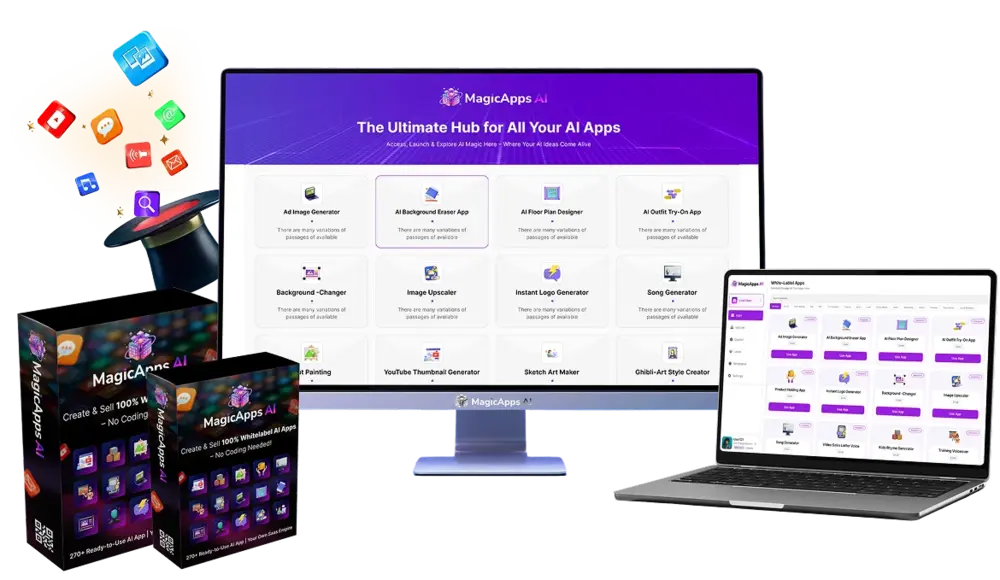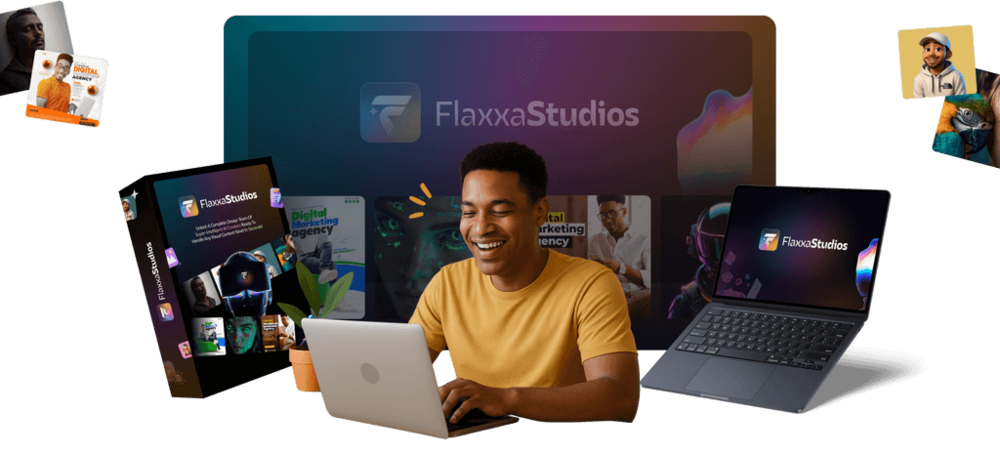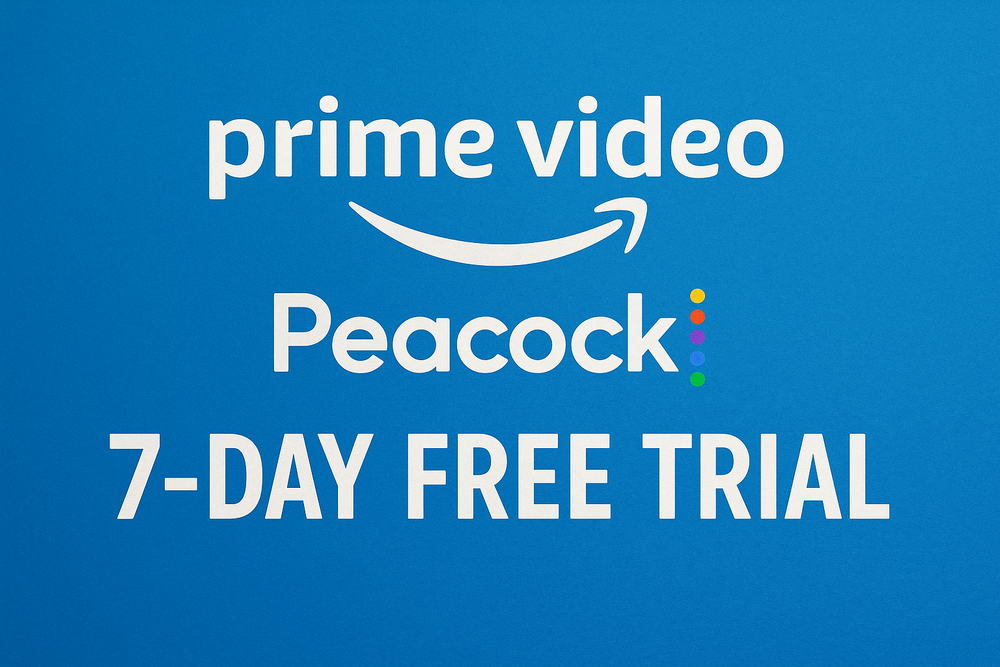
MagicApps AI Review: I Tried it (My Experience)
When Carolina first heard about AI apps, she was curious but skeptical. She had run a small freelance design business for years. She knew how to make logos, websites, funnels, but she didn’t code. The idea of building a “software tool” always felt out of reach.
One evening, she saw a launch page for MagicApps AI. The headline claimed: “270+ no-code AI apps in 60 seconds, white-label, with commercial rights.” Her heart skipped a beat. She thought: what if this is the shortcut she’s been looking for?
She hesitated. She remembered past launches she’d bought that layered upsells and left her chasing features. But this time, the urgency was real: price was rising, coupon codes active, and a countdown ticking.
With a deep breath, she decided to try it. She clicked the “Get MagicApps AI at a Discount” link and invested in the front end.
👉 Get MaggicApps AI at a Discount Price
Day 1: Browsing the Template Library
Carolina logged in. She found herself in a vast gallery: marketing apps, video scripts, content generators, design assistants, chatbots. Over 270 templates, neatly categorized. She clicked a “Social Post Planner” template—a tool marketers often ask her to build manually.
She branded it with a hypothetical client name, changed colors, swapped in logos, and adjusted prompt instructions to reflect a boutique gym brand. The drag-and-drop interface worked smoothly. No code, no server to fuss over.
But she didn’t stop. She opened the “VidNexa” suite and previewed what a short social clip generator might look like. She imported example titles, prompt templates, and set up output control rules. In less than an hour, she felt like she had two working prototypes.
Day 2: Wiring Up Payments and Publishing
Next morning, Carolina configured pricing plans—a free trial tier and a paid membership tier at $29/month. She connected her Stripe account and linked a simple sales page template. The platform asked only for a few clicks.
She embedded the AI app in a slick landing page, connected an autoresponder, and created a “lite version” flow that collects emails before unlocking full features. She tested the app herself, logged in as a client, and saw how the interface worked. It felt “real.”
By evening, she had a demo link she could send to prospects. It wasn’t perfect—but it was something she could honestly sell.
Day 3: First Pitch, First “Maybe”
Carolina messaged five past design clients offering to build them a custom AI assistant app for their niche. She included the demo link, explained the benefits, and offered a limited-time discount. One client replied: “Let’s talk — send me a proposal.”
She felt excited and nervous. She realized she hadn’t asked for a sale yet. But the fact she had something tangible to show made the outreach real.
That night, she refined prompts, added example templates inside the app, and spruced up the client dashboard. She turned the “60-second app launch” into a real client deliverable path.
Day 4: Client Handoff & Feedback
The next day, she walked her prospect through the demo, invited them to their branded dashboard, and let them test. The client asked a few tweaks: change the tone, adjust output length, add a prompt preset. Carolina made those edits in MagicApps quickly.
The client said, “This is viable. Let’s go.” Carolina signed her first small paid project—one AI app built, branded, and delivered using this no-code system.
Day 5–7: Iteration, Upsell, and Planning Forward
Carolina used those days to:
-
Build a “lite version” free tool to generate leads
-
Post the demo on social media as a case study
-
Invite two more niche prospects to try similar apps
-
Experiment with a whitelabel licensing pitch
-
Check for performance bottlenecks and prompt refinement
By Day 7, she had one paying client, two prospective clients in the pipeline, and a better sense of where this tool succeeded—and where it stretched.
What MagicApps AI Did for Her (and What You Should Know)
The Wins
-
Speed to working prototype
Carolina went from idea to branded demo in a day. That’s what sold the first client. -
Whitelabel and control
The client portal, domain, branding—all looked like hers. That adds perceived value. -
Commercial rights
She could sell the app, license it, embed it, and keep 100% of profits. -
Launch assets included
Funnels, landing pages, banners, promotional templates—all ready. She didn’t have to build from scratch. -
Low financial risk
Her investment was small compared to dev agency expenses. The tool enabled rapid testing.
The Challenges
-
Customization limits
Some prompt tweaks didn’t behave. If she needed deep business logic, she had to workaround. -
Template overlap
Other people who use the same template library will look similar if they don’t differentiate. -
Upsell trap
She saw that more advanced features, higher usage, or priority servers were behind additional upgrades. -
Performance under load
She didn’t yet test dozens of users simultaneously. She knew she’d have to later.
Who This Story Is For (And Who It Isn’t)
This journey resonated because she wasn’t a coder. She was a designer, service provider, someone with client experience but limited dev time.
MagicApps AI is ideal for:
-
Freelancers who want to add AI tools to their offers
-
Small agencies wanting to productize features instead of pure labor
-
Creators seeking a software product without building from scratch
-
Local business marketers who want branded tools to upsell clients
It may not suit:
-
Teams who need deeply custom integrations, data pipelines, or domain-specific logic
-
Situations where full control over backend architecture, compliance, or scaling is required
-
Developers who prefer building from code rather than being constrained by templates
How You Can Try Her 7-Day Sprint Yourself
When you try MagicApps AI, follow Carolina’s story:
-
Pick two templates in niches you know well
-
Brand and configure them in day one
-
Connect payment & launch a demo page on day two
-
Pitch at least five clients with your demo
-
Adapt based on feedback
-
Decide which monetization path to pursue
-
Iterate, improve, and scale from client feedback
The point is not flashy launch pages or high ad spend. It’s building something real, getting feedback, and refining.
Final Thought: Is MagicApps AI Worth It for You?
If you want to “leapfrog” past development, validate AI product ideas fast, and turn them into paying client tools, this platform gives you a pragmatic shortcut.
Carolina’s week of progress wasn’t accidental—it was accelerated by a system that handles the plumbing, branding, and assets so she could focus on value, messaging, and client relationships.
To be clear: you will still do the hard work of positioning, pricing, and iteration. MagicApps AI doesn’t replace your role — it amplifies it.
If you see value in that model, now is the window to test it while launch pricing and commercial rights are active.
👉 Get MaggicApps AI at a Discount Price
Build your first app. Pitch your first client. Learn whether this path fits you — before committing to months of custom build or coding.
Your story can start tonight.


